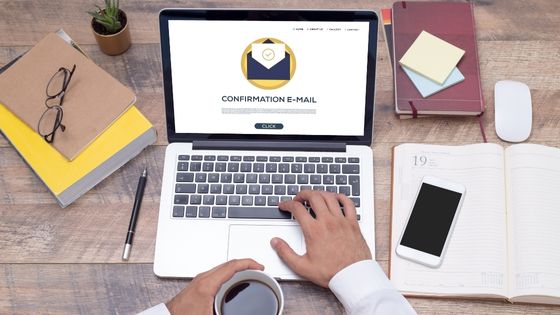When you send an email, everyone knows that in addition to the recipient you can add other addresses as a copy (cc), thus inserting other people who do not require direct action, but who are interested or need to be informed of what is being addressed. he’s talking. However, many do not realize that in the line below there is also another option: cc.


What is BCC?
Bcc means blind carbon copy, blind carbon copy (Bcc) in English, and not everyone knows what it’s for, or how to use it.
Surely each of us has received emails with endless lists of unencrypted email addresses of poor friends of friends, people who most of the time don’t even know each other. Especially in these days of electoral campaigns. But it also applies to parties, class dinners, groups of all kinds, and chain letters!
This practice, although many use it innocently, is not legal, and it is not effective (although it can be very gratifying to see how many people, we know…).
It is not legal because it is a crime to make clear your friends’ e-mail addresses when you write to others. The e-mail address is a personal asset. No one, not even friends, has the right to share this personal property of others with third parties. If I want to use your email address for third parties, I have to ask your permission.
It is not effective because a message that is sent to a great many people and is not personalized is a message that is unlikely to be given much importance.
So be careful, if you have to send an email to several people who don’t know each other, don’t use “to” or “cc”, but “Bcc”.
How to use the CC
example of a new message in bcc
The addresses to which you want to send the message must all be entered in the “CC” row (if you have them in the “CC” or “to” row, select them, then copy and paste them into the CC row).
In the line “to” you must enter your address and then click send. One copy of the email will reach you and the others will go to each recipient of the BCC, but without everyone seeing the emails of the others. A courtesy, certainly, but also, and above all, a correct procedure.
It’s about protecting the safety of each of us, which is no small thing. Thank you
If you like this article. Share it on your social media.
















